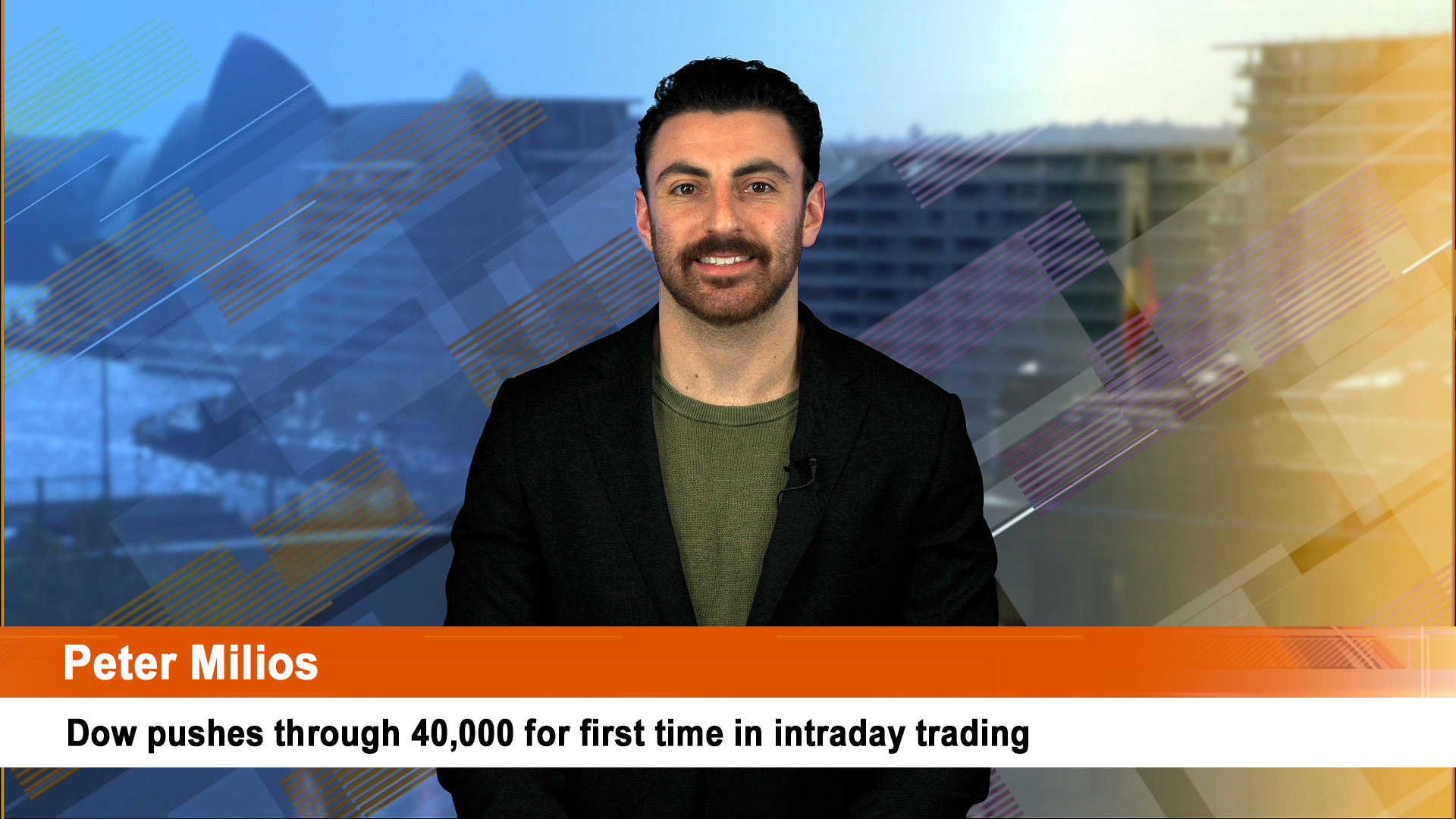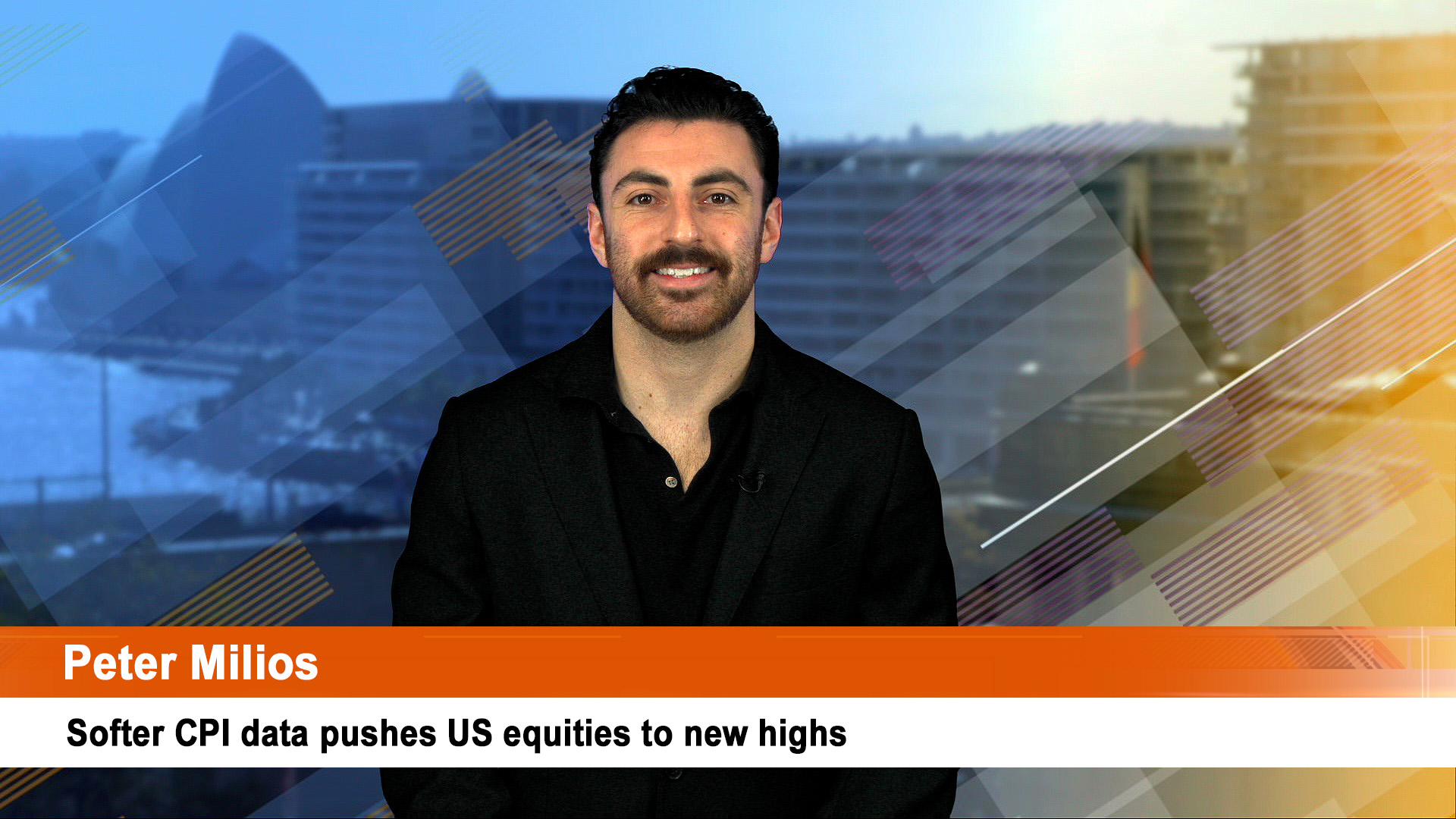A 2019-20 budget will be outlined later today with the pre-election Mid-Year Economic and Fiscal Outlook (Myefo) from the Morrison government and a set of big spending policies to chew up a surplus and around billions in extra revenues.
The AMP’s Chief Economist, Shane Oliver says the outlook will show that the Federal budget is running around $9 billion a year better than expected – thanks to higher than expected commodity prices, the lower Australian dollar (and better than forecast terms of trade) and the strong growth in employment which is boosting tax revenues.
Corporate tax payments are also higher than expected as companies use up GFC generated losses and depreciation bills fall on the slew of resource boom projects in iron ore, coal, and LNG.
The 2018-19 year’s budget deficit projection is likely to fall to around a deficit of around $6 billion (from a projection of a $14.5 billion in the May Budget). Dr. Oliver says that the projected 2019-20 surplus on unchanged policies will be projected to be around a surplus of $11 billion (up from $2.2 billion in May) “with future surpluses looking even stronger.”
“This is likely to enable the Government to announce around $9 billion in income tax cuts and other pre-election goodies ahead of next May’s election and still maintain a surplus projection for 2019-20,” Dr. Oliver forecast at the weekend.
The Morrison government will take these promises to next year’s election, although there will be the pre-election update to be released when the poll is called next April – after the actual budget.
But he also cautioned that the “big risk, of course, is that the revenue windfall is not sustained as slower Chinese growth weighs on commodity prices, jobs growth slows, and wages growth remains weak.”
Friday’s final round of data for the Chinese economy for November shows a distinct slowing in demand (for imports and domestically), falling retail sales, investment and weaker than forecast output.
The Government’s growth forecast for this financial year of 3% is expected to remain unchanged but it may lower forecasts for 2.25% inflation and 2.75% wages growth estimate as both look too optimistic, according to Dr. Oliver, while the Reserve Bank’s forecast for growth of 3.5% will be abandoned early in 2019 and hauled back.
Figures for employment growth will probably be maintained but don’t be surprised to see the steam run out of the boom in early 2019 as retail demand from consumers slows and the house price slide continues to force households to cut spending plans.
Tuesday sees the release of the minutes from the RBA’s last meeting and will repeat the line that it expects the next move in rates to be up although there is no strong case for a near-term move.
Dr. Oliver says investor interest is likely to be on what the Bank has to say about the housing market and credit conditions with recent speeches suggesting that it may be getting a bit more concerned about the risks and talk that the bank could cut rates if it has to.
The Fed rate rise announcement Thursday morning is likely to be the last for some time.
Markets expect a significant slowing in the number of expected rate rises next year from the ‘dot plot’ of interest rate estimates to be released early Thursday morning.
Thursday) sees the final Australian labour force report for the year and it is likely to show a 10,000 gain in jobs and unemployment remaining at 5%.
June quarter population data (also Thursday) will likely show some slowing in population growth to around a still strong 1.5% year on year.
And next Wednesday watch for the annual meetings of the National Australia Bank and the ANZ.
There will be blood spilt and massive ’no votes’ for the banks’ remuneration reports and considerable criticism of the boards and managers from those attending the meetings.
And in the UK and Europe, Britains Brexit struggles will continue to dominate.













